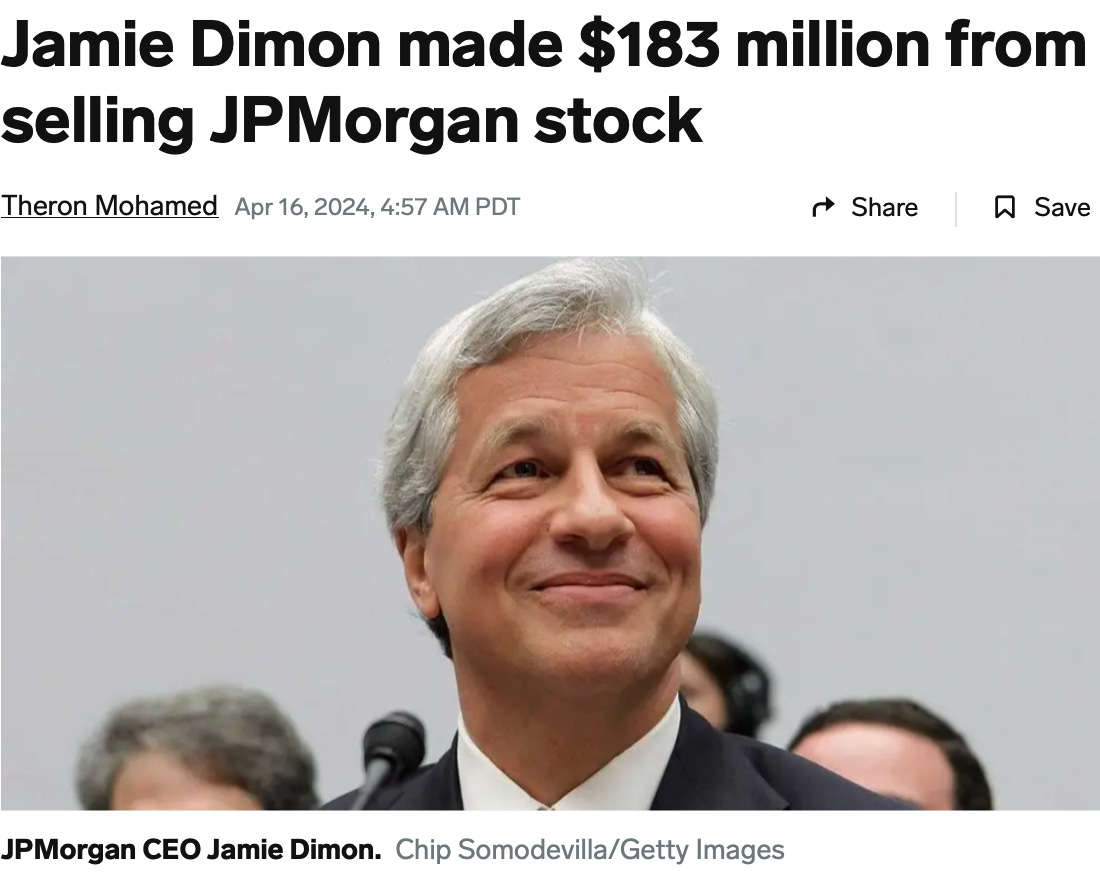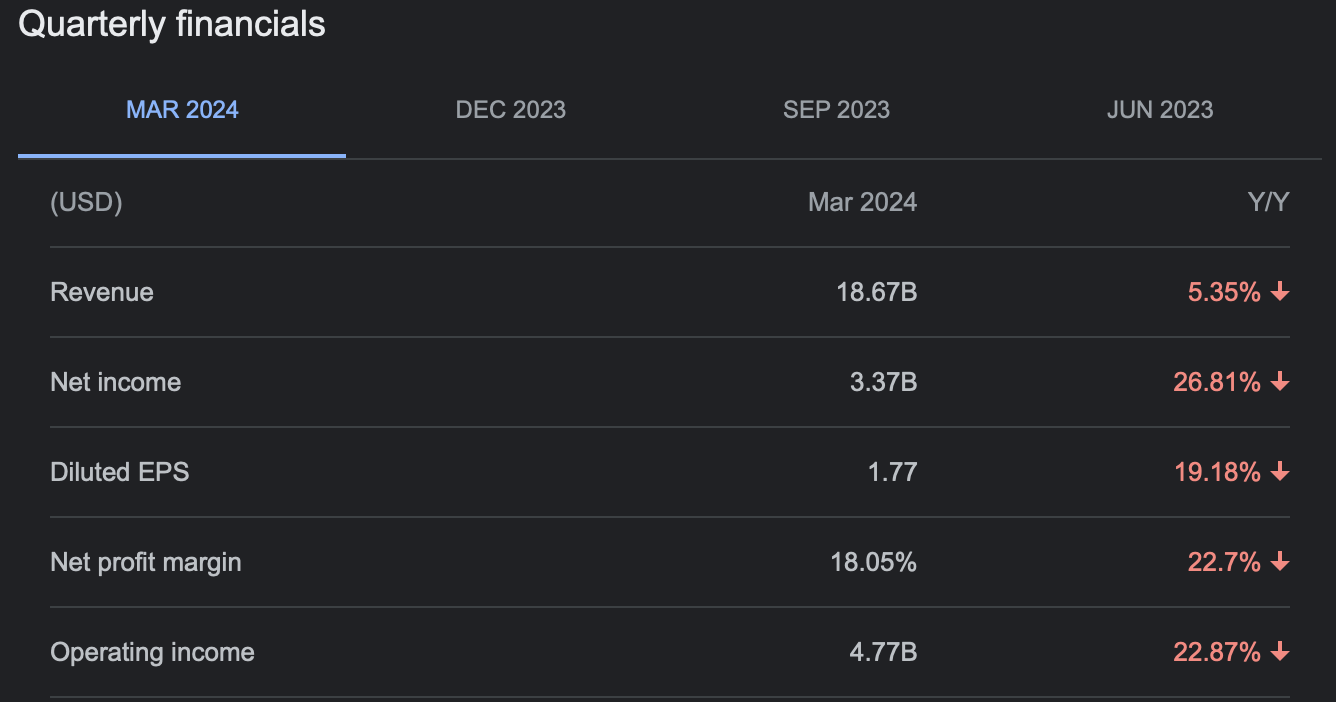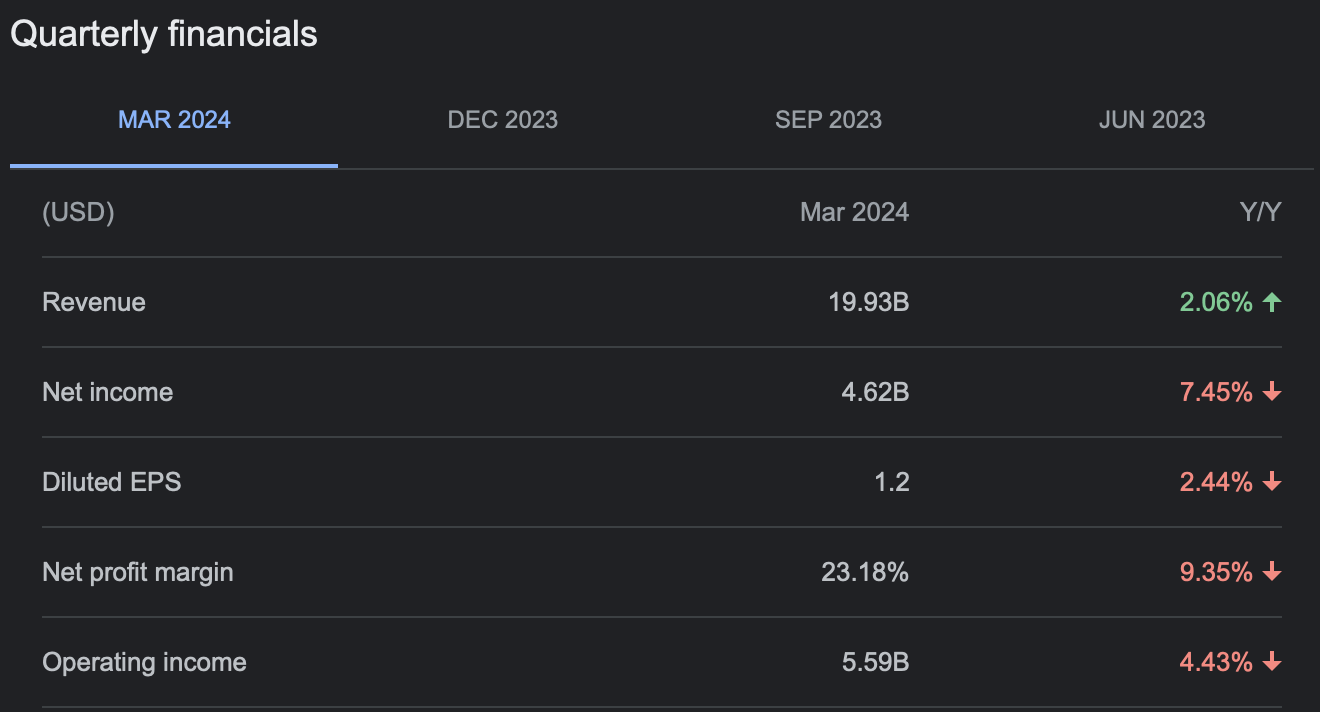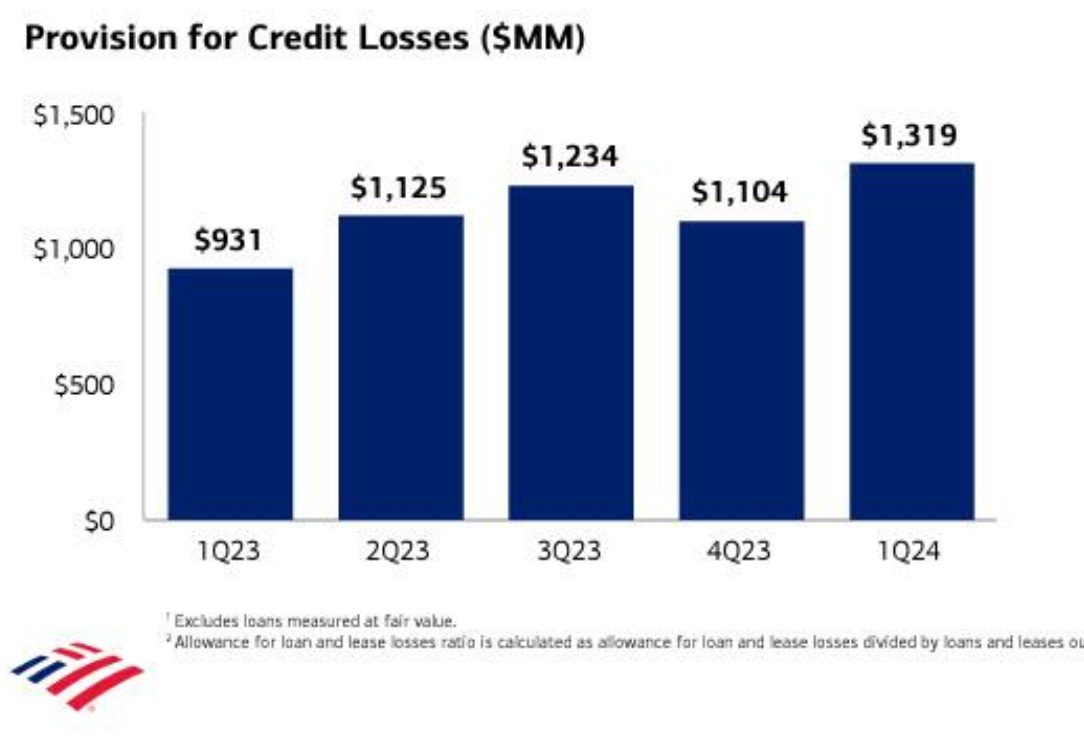Amidst a turbulent week in the financial world, major players like JP Morgan, Citigroup, Wells Fargo, and Bank of America found themselves grappling with a harsh reality check as their quarterly financial reports reverberated through Wall Street. The market witnessed a significant downturn, with some stocks plummeting by as much as -6% in a single day, reaching their lowest levels in recent memory. This downturn starkly illuminated the delicate state of the banking sector. Moreover, the increased utilization of the Federal Reserve's Discount Window evoked echoes of Kenny Loggins' timeless hit from Top Gun, "Danger Zone," symbolizing a crossing of the redline into precarious territory.
The financial upheaval was deepened by a pressing discount rate dilemma exemplified by the 5% yield on government bonds. This dilemma highlighted the stark contrast between the stable returns of risk-free bonds and the uncertainty surrounding business dividends, especially in stagnant or no-growth scenarios. Investors grappled with choosing between the safety of government bonds and the potential but risky returns from dividend-paying stocks, particularly in financials with limited growth prospects. This contrast underscored the challenges in balancing risk and reward amidst changing discount rate dynamics, shaping investment decisions during the upheaval. With that being stated as Kenny Loggins sang “Rev up your engine” and let’s get into the “Danger Zone”.
JP Morgan
The nation's largest bank by assets, rattled markets as it unveiled disappointing guidance for net interest income (NII). The company's shares nosedived by a staggering -6.5%, marking their most significant single-day drop since June 2020. This alarming descent reflected mounting concerns that JP Morgan's previous windfalls from rising interest rates might be reaching a plateau.
While JP Morgan revised its full-year NII projection marginally and maintained a flat outlook for total NII at around $90 billion. This tepid growth outlook, coupled with a price-to-earnings (PE) ratio of 11 & a dividend yield of 2.5%, glaringly contrasted with the prevailing 5% discount rate offered by government bonds, raising red flags of overvaluation. As Kenny Loggins would put it, it seems like JPM is on the red line overload. After reviewing those numbers no wonder Jamie Dimon decided to sell $180 million from his saleJPMorgan Chase & Co. shares this week in April 14, 2024 and has sold about $150 million of shares of JP Morgan stock in February 2024, according to an earlier filing. As the CEO seems to be selling his company shares in overdrive while the largest bank is on the “highway to the danger zone”.
Citigroup
Another banking titan, added to the storm with a -2% decline in revenue, plunging to $21.1 billion. The bank's credit costs surged, with net credit-card losses driving its provision for credit losses to soar to approximately $21.8 billion, up from $19.8 billion a year earlier. Citigroup's PE ratio of 16.5 & a dividend yield of 3.5% paled in comparison to the 5% risk-free discount rate, signaling an overvalued stance exacerbated by escalating credit losses, a grim indicator of economic distress. Citigroup, with its recent layoffs of 20,000 employees, is clearly on “the highway to the danger zone”.
(Citi’s Q1 2024 Earnings)
Wells Fargo
Traditionally a stalwart in the banking sector, reported a dip in profits as its first-quarter net income slid to $4.619 billion. Net interest income followed suit, plummeting from $13.34 billion to $12.23 billion year-on-year, while the bank's provision for loan losses was reduced to $938 million. Despite a PE ratio of 12 and a dividend yield of 2.5%, Wells Fargo's valuation appeared stretched against the backdrop of a 5% discount rate. Wells Fargo's numbers were so bad that they are already “riding into the danger zone”.
(WFC Q1 2024 Earnings)
Bank of America
The California bank, not immune to the financial tempest, saw its profits plummet by -18% to $6.67 billion. Revenue also witnessed a -1.6% decline, settling at $25.98 billion, as net interest income dwindled amid rising funding costs and interest rates. With a PE ratio of 11 and a dividend yield of 2.6%, Bank of America faced scrutiny for potential overvaluation against the 5% bond rate. Bank of America seems to be heading into the twilight!
(BAC Credit card loss rate of 3.62% in 1Q24 vs. 3.07% in 4Q2)
Highway to the Danger Zone
The collective downturn across these banking giants signals broader economic woes, with escalating credit losses underscoring deteriorating consumer financial health. As delinquencies rise and net interest income faces a downward trajectory, doubts loom large over the banks' growth prospects, particularly when juxtaposed against the backdrop of the 5% discount rate. The once-unquestionable pillars of finance now find themselves navigating stormy winds, prompting investors and analysts alike to brace for further turbulence in the financial landscape.
The risks are high, the challenges immense, and the margin for error razor-thin. As the chorus echoes, "Gonna take it right into the danger zone," it's a stark reminder of the bold decisions and calculated risks that lie ahead for investors, and financial institutions alike.
In conclusion, the echoes of "Danger Zone" serve as a poignant soundtrack to the current financial narrative, reminding us that while the skies are not clear for take off. It's a call to embrace the challenges, navigate the risks, and steer towards preserving wealth and avoid poor investment decisions.









With possible rate hikes coming too
Great info